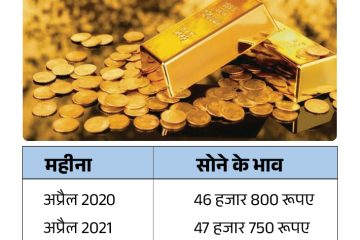Understanding Bharat Result and Its Importance

Introduction
The Bharat Result refers to the examination results released by various educational boards and universities across India. These results hold significant importance for students, parents, and educational institutions alike, as they often dictate the future educational and career paths of millions of students. In recent years, the process of declaring results has become increasingly digital, reflecting the technological advancements in educational assessment. The relevance of Bharat Result extends beyond mere academic performance; it influences choices about higher education and employment opportunities.
Recent Developments
In the aftermath of the recent examination season, several state boards have announced their Bharat Results, with trends showing an overall improvement in performance compared to previous years. For instance, in the CBSE class 12 examinations, the passing percentage saw an increase of 2% from the previous year, reaching a notable 92.7%. The board also introduced measures to counter examination malpractices, reflecting a commitment to maintaining integrity in results.
Furthermore, with the ongoing impact of the COVID-19 pandemic, many students faced unprecedented challenges. Educational institutions have adapted by offering online assessments and flexible examination schedules, which has been well-received by both students and parents. The adaptability of boards to these changing circumstances is a positive indicator of the evolving educational landscape in India.
Impact on Students and Education
The release of the Bharat Result not only affects immediate academic outcomes but also has long-term implications for students’ career trajectories. A high score can lead to admission into prestigious colleges and universities, whereas lower performance may necessitate alternative paths or extra coaching. The focus on results often leads to immense pressure on students, prompting discussions around mental health and educational policies to better support learners.
Moreover, educational stakeholders are increasingly advocating for a more holistic assessment framework that goes beyond conventional exams. This approach emphasizes skills, practical knowledge, and innovation over rote learning, which could be a paradigm shift in determining student success.
Conclusion
In conclusion, Bharat Result serves as a crucial marker in students’ academic journeys, affecting their future prospects significantly. As educational practices evolve, the emphasis on comprehensive assessments and mental well-being is likely to grow. For readers, understanding these trends and their implications can aid in navigating the educational landscape effectively, making informed decisions about learning and career opportunities. Looking ahead, the focus will likely remain on improving educational standards while ensuring that the mental health of students is prioritized alongside traditional metrics of success.









